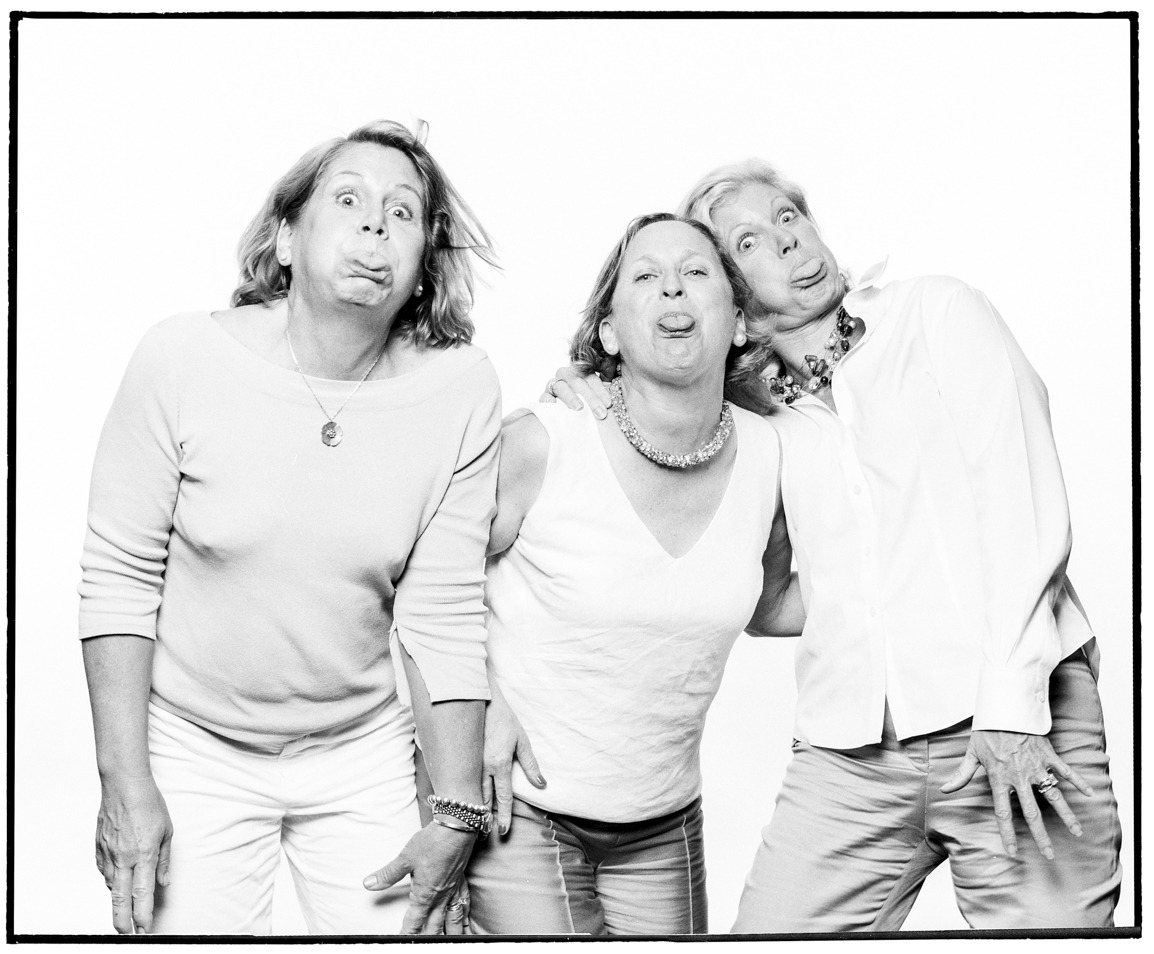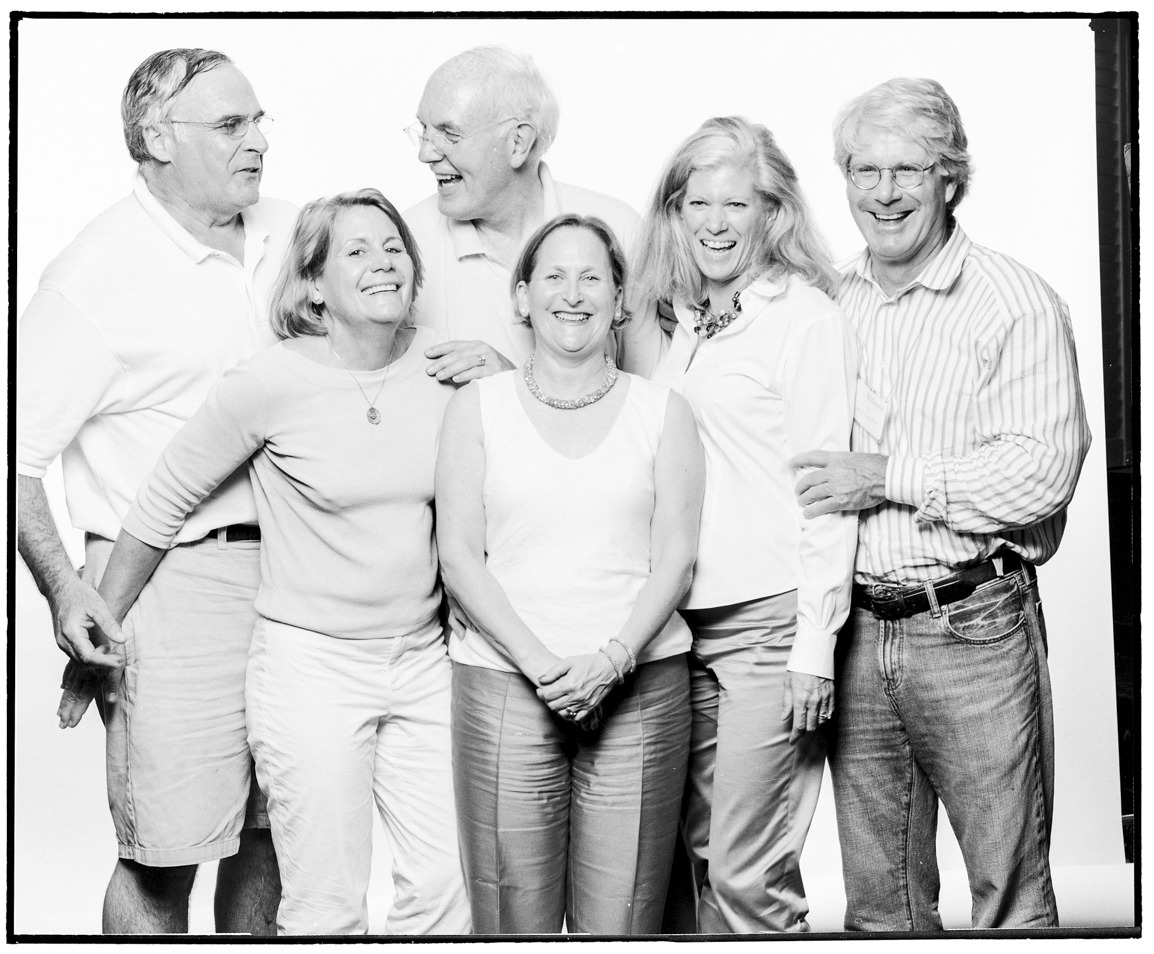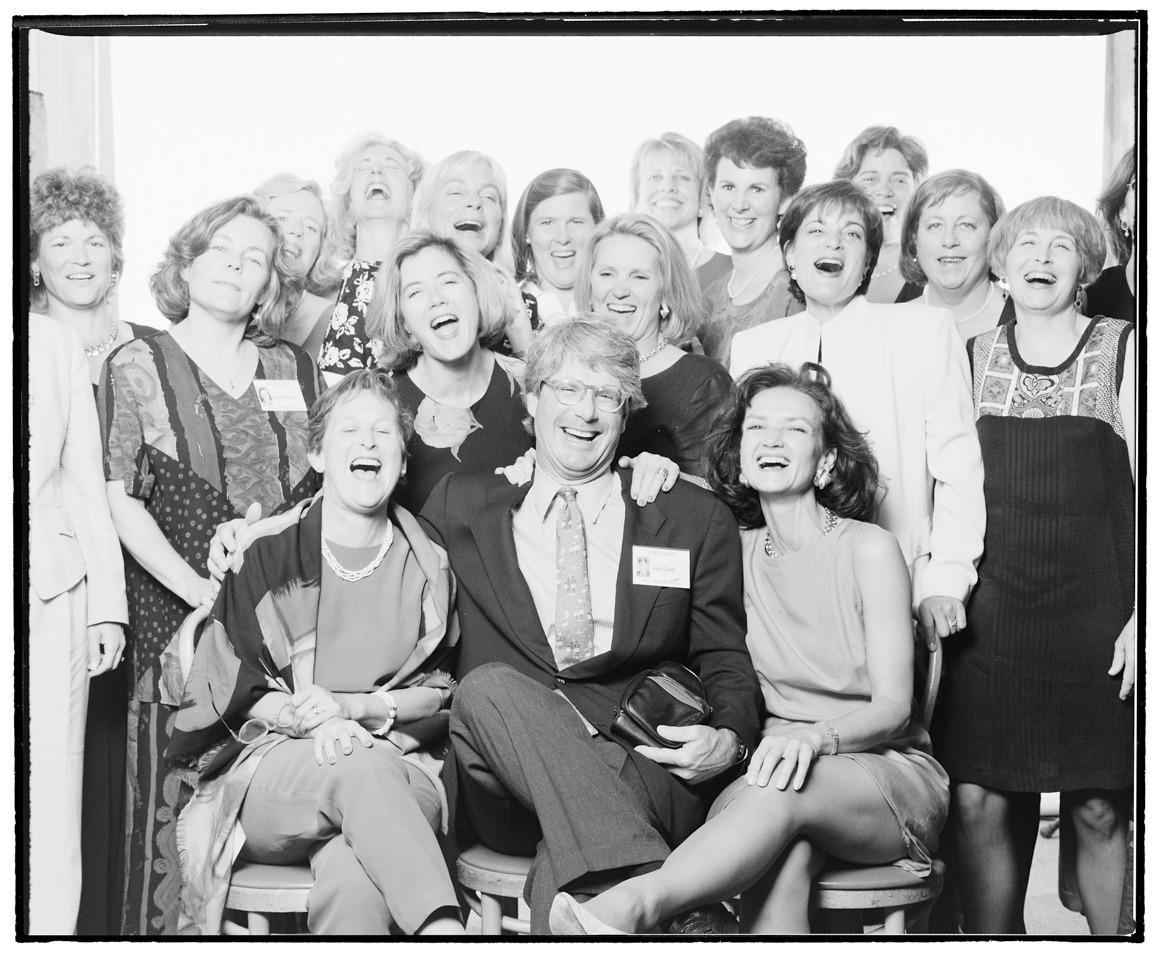
Paul Hayes Tucker
Pelham, New York
Canterbury
Garfield House
Art History and History; Dean’s List; Honors; Football 1,2,3,4; Rugby 1,2,3,4; Newman Association 1,2,3,4, President; Garfield Social Chairman 3-4; Gurgle 4; Outing Club 1,2; Tour Guide Clark Art Institute 4; Monroe State Prison Tutoring 3; Beer Drinking 1,2,3,4; Nose Picking 1,2; Spa Bathing 1,2,3,4
Looking Back on Fifty Years
FAVORITE MEMORIES OF WILLIAMS
Art History classes with Whit Stoddard and Lane Faison Winter Study course on Victorian architecture in London with Bill Pierson and Fred Stocking Seminar on German history with Bob Waite Williams security officers Dave and Hap Coach Bob Odell
WILLIAMS CLUBS / ACTIVITIES
Freshman football, Varsity football, Rugby Club
CURRENT INTERESTS, PASSIONS, AND ORGANIZATIONS
Art, naturally, Williams College Art Museum, New Beginnings (a program for unhoused people in Santa Barbara), Music Academy of the West, University of Massachusetts Boston
LIFE SINCE GRADUATION
I knew little about Williams before applying. It’s embarrassing, but true. It had been suggested to me by Walter Sheehan, the headmaster of my little Connecticut prep school, Canterbury. He had gone to Williams in the ‘40s, had been a basketball star, and had become dean of freshman and director of athletics after teaching at Deerfield. He was formidable. If he wanted me to apply, who was I to say no? He even drove me to my interview, dropping me off beforehand to visit with a fellow Cantuarian, Mike Foley ’71. When Mike said he would bag class so we could hang, I thought, wow, that’s something. I had never witnessed such independence. And when he offered me a beer (it was about 11:00 a.m. and I had not yet had my chat with Fred Copeland, so I refused), I was stunned, but I sensed this was a place for me.
I wanted my college education to prepare me for my envisioned career as a high school history teacher. I therefore declared history as a major, but I also decided to be adventurous and took a bio course on primate behavior with imprinted chicks and Skinner rats, a psychology course where my Catholic self was laid bare, and an art history course. Thank God for the latter, as my world became incomprehensibly more interesting. I didn’t add art to my history major until after a junior year summer in Florence, when I took two art history courses in a program run by Sarah Lawrence and the University of Michigan. I was so awed by the experience, I decided I wanted a life immersed in art. I stacked my senior year with art and history courses to become a dual-major.
Upon graduation, I got a job in the education department at the Toledo Museum in Ohio, more or less as a glorified docent, but it was fabulous. The museum is one of the richest in America and thus has a top-tier collection (in quality, not size), including the best Peter Paul Rubens in the country, the best Camille Pissarro still life, the best Jan van de Cappelle seascape, to name but a few.
Graduate school seemed the logical next step. I wrote Whit Stoddard, asking for a recommendation. His response? “Why are you applying to the toughest schools in the country; maybe you should consider x, y, and z.” Clearly, a kind way of saying I was overreaching. He acquiesced and together with Lane Faison wrote letters that helped me get into Yale. My mentor in New Haven was a social art historian who taught me to look at the same works of art that had nurtured me in the darkened rooms of Lawrence Hall in a totally different context. If it weren’t for the art history training at Williams, however, I wouldn’t have been able to see these works as consciously constructed, aesthetic objects with their own language and intent, and if it hadn’t been for the opportunity to give tours at the Clark, where I became smitten with Monet—his Rouen Cathedral painting was my undeniable favorite—my life undoubtedly would have been totally different.
There, of course, were other life-altering experiences at Williams— frosh football with Renzie Lamb, beating Amherst in ’71 and being part of The Walk, road trips—especially to Skidmore to see Maggie, my wife of now 48 years—living in Pownal, Vt., senior year, and forming lifelong friendships with fellow classmates. Wouldn’t change a thing. Well, maybe that disciplinary committee hearing with Bob Waite. But hey. Live and learn.

MAJOR
Art History and History
OTHER DEGREES SINCE GRADUATING
MA, History of Art – Yale, 1975
CURRENT RESIDENCE
Santa Barbara, California
SPOUSE OR PARTNER
Maggie Moss-Tucker – Skidmore, 1973
CHILDREN
Jonathan Moss Tucker (39)
Jennie Taylor Tucker (35)
Elliot School, George Washington University
GRANDCHILDREN
Hayes Taj Tucker (2 1/2)
India Moss Tucker (2 1/2)































